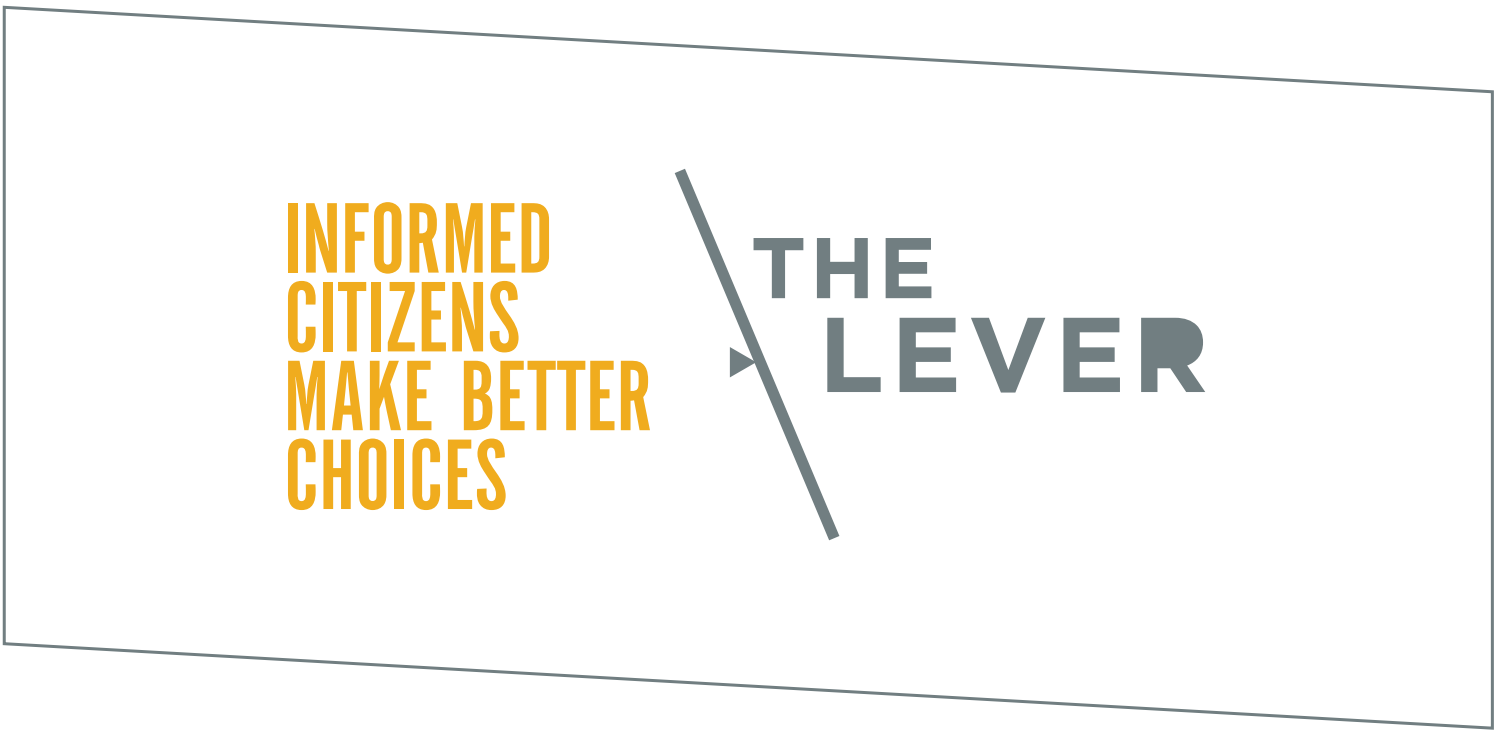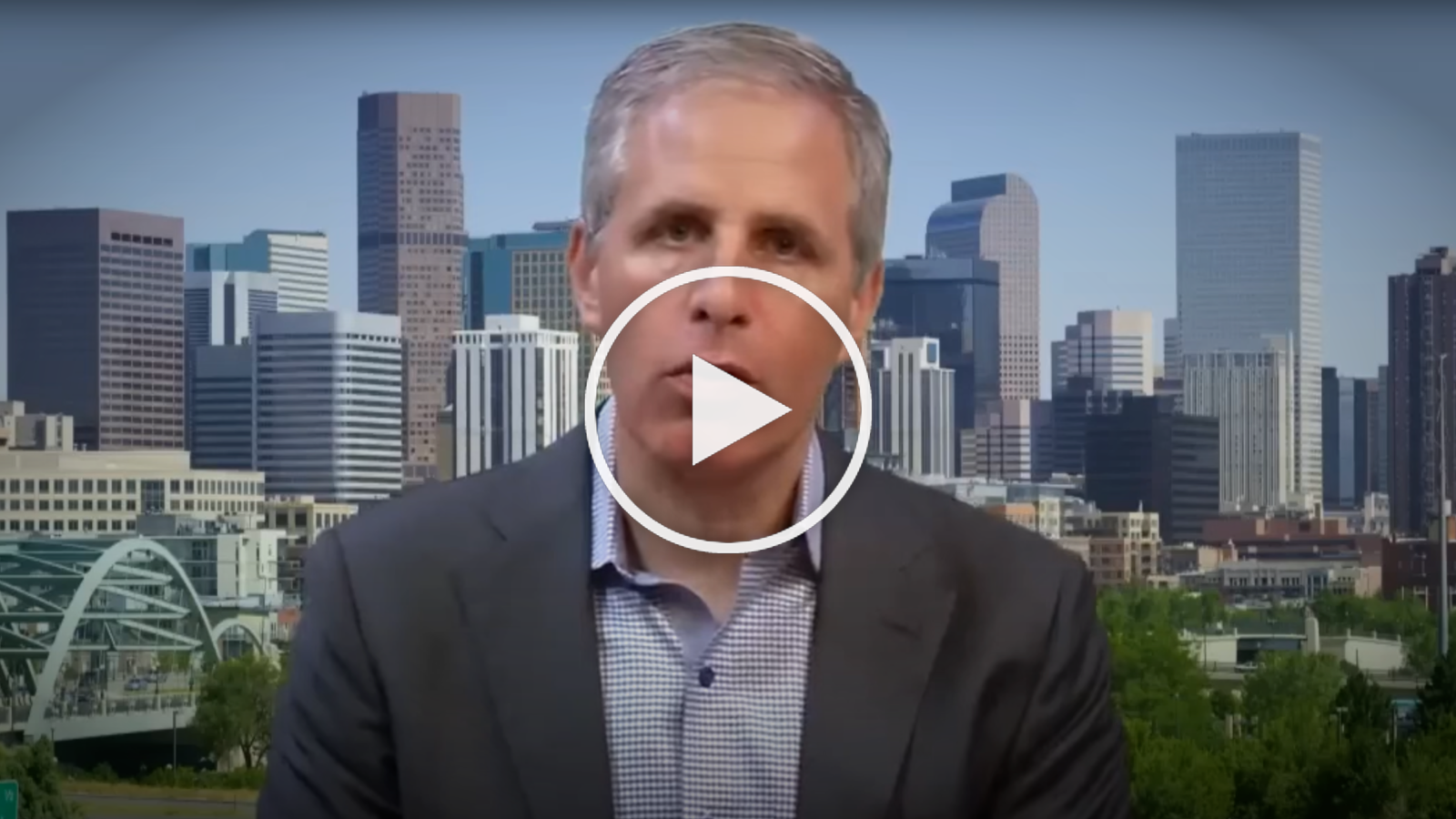In the last two months, three of the country’s largest home insurers have announced plans to limit new business in California, citing rising costs in a state where climate-fueled wildfires have become a fact of life. Homeowners already bracing for extreme weather this summer now face another threat: that their homes will become uninsurable, making it nearly impossible to rebuild or relocate should disaster strike.
Yet as insurers demand higher rates and cancel policies amidst intensifying climate risks, they’re actively contributing to those risks. The three groups planning to limit or cease new business in California — Farmers Insurance Group, State Farm, and Allstate — also hold nearly $40 billion in fossil fuel investments, according to a Lever review of the most recent data reported to state regulators.
But instead of addressing their own role in the climate crisis, insurers are using the disaster to push for deregulation. In order to continue writing homeowner policies, insurers and their lobbying groups are now demanding that regulators relax the state’s landmark price-gouging protections, considered the most rigorous in the nation.
Watchdogs warn that this amounts to an attempt to exploit a crisis that the industry profits from twice over, shifting the costs of climate-fueled disasters to consumers in the form of higher premiums while continuing to invest billions of those premium dollars in oil and gas.

Help Us Do More Stories Like This
We're building a reader-supported investigative news outlet that holds accountable the people and corporations manipulating the levers of power. Join our fight by becoming a free subscriber today.
Contrary to industry warnings, a new analysis from the New York Federal Reserve finds that the largest property insurers have sufficient capital to cover estimated losses from climate-related catastrophes — but that their portfolio holdings in oil and gas pose additional financial risks.
Shortly after Farmers announced earlier this month that it would begin limiting new homeowner policies in California, property insurers’ top lobbying group issued a statement calling for reforms to the state’s “outdated regulatory regime” that it claimed stymied industry efforts to secure adequate rates.
In a public hearing last Thursday, Allstate representatives made the ultimatum explicit, telling regulators that their presence in the state depends on being permitted to pass more costs on to consumers and use black-box risk models currently disallowed under rate transparency rules.
Thirty-five years ago, California voters passed Proposition 103, a ballot initiative requiring insurers to seek “prior approval” from state regulators of the rates charged to consumers — and allowing consumers to challenge the basis for proposed increases.
“Insurance companies hate the notion of the public scrutinizing what they’re doing and demanding proof that they need a rate increase,” said Harvey Rosenfield, a public interest lawyer who authored Proposition 103 and founded the group Consumer Watchdog. “Climate change is undeniably a crisis for California, but the insurance crisis happening in the market today is manufactured by companies that don’t want to comply.”
Neither Farmers nor Allstate responded to The Lever’s request for comment.
Ensuring The Climate Crisis
Insurance companies may not top the list of well-known climate villains, but they play a key role in propping up the oil and gas sector.
In addition to investing customer premiums in fossil fuels to turn additional profits, insurance companies also act as “gatekeepers” whose coverage is required for large-scale oil and gas projects to proceed, according to Carly Fabian, an insurance policy advocate for the consumer interest group Public Citizen.
“Insurers could have started phasing out fossil fuel coverage decades ago,” Fabian said. “Instead, they’re backing away from homeowners while continuing to support new oil and gas projects.”
Last month, the U.S. Senate Budget Committee launched an investigation into the issue, asking seven insurers to disclose how they invest in and underwrite fossil fuels.
Sen. Sheldon Whitehouse (D-R.I.) who chairs the committee, said widespread policy cancellations in high-risk markets underscore the importance of greater oversight.
“Fossil fuel expansion is incompatible with our climate and economic goals, yet even insurers now limiting coverage underwrite and invest in new and expanded fossil fuel projects that worsen their risk,” Whitehouse said in a statement to The Lever. “Their failure to account for climate risk threatens our entire economy.”

Watch The Lever
Make sure you’re subscribed to The Lever on YouTube to get our latest video reports and other special content.
While some federal agencies have also begun turning their attention to the connection between insurers and climate change, the industry remains regulated primarily at the state level.
Under California’s previous insurance commissioner, Dave Jones, the state became the first to require large insurers licensed by the state to report their investments in oil, coal, and natural gas. Insurers also divested about $4 billion of holdings in thermal coal following a call from Jones in 2016.
In 2019, more than 60 consumer and environmental groups called on Jones’ successor, Ricardo Lara, to go a step further and require insurers to also disclose their underwriting of fossil fuel projects, but Lara rejected their petition for rulemaking.
After pledging initially not to take campaign cash from the industry he regulates, Lara was forced to return more than $80,000 in insurer contributions in 2019, his first year in office. Lara won a second term last year, despite losing the endorsement of the state’s major newspapers over ethics scandals.
Lara’s office did not respond to The Lever’s request for comment.
While New York and Connecticut are now also taking steps to rein in insurers’ contributions to climate change, red states like Texas have moved in the opposite direction, seeking to block insurers from implementing shareholder proposals that would curb fossil fuel exposure.
In recent years, oil and gas companies have poured hundreds of thousands of dollars into otherwise low-profile state insurance commissioner races.
Gutting Protections And Chasing Profits
Beyond the threats that intensifying storms pose to life and property, many homeowners are already feeling the financial pain of teetering insurance markets.
Nearly one in five homeowners in Louisiana had their policies canceled last year, according to a recent survey. While insurers must provide advance notice of such cancellations, homeowners have little recourse. Unable to line up or afford alternative coverage, growing numbers of residents in disaster-prone states are reportedly going without insurance — leaving large numbers of retirees, in particular, exceedingly vulnerable, should disaster strike.
In Florida, where Farmers’ Insurance also plans to cancel about a third of its homeowner policies, consumers already paying nearly triple the average rate nationwide are being told that their premiums are expected to increase by another 40 percent this year.
That’s despite the passage of a raft of the insurance industry’s preferred measures by the Florida legislature in the last year, including a law that will make it harder for homeowners to sue insurers that wrongfully delay, deny, or underpay claims, as The Lever has reported previously.
While the industry has blamed frivolous lawsuits as the culprit of rising costs in Florida, autopsies of bankrupt insurers have pointed to excessive executive payouts as a key problem.
Despite sky-high housing costs, Californians still pay less than the national average for homeowner’s insurance — a fact that consumer groups credit to strong transparency and price protections.
Before California voters passed Proposition 103 in 1988, beating out an $80 million industry opposition campaign, the state was facing an insurance crisis. Rates had skyrocketed without regulations, and consumers alleged that insurers were effectively redlining, refusing to sell insurance in certain neighborhoods.
The consumer protections approved by voters — which prohibited “excessive, unjustified and arbitrary rates” and provided the public with avenues to enforce that prohibition — have since saved California consumers more than $150 billion on auto insurance alone, according to a 2018 analysis by the Consumer Federation of America.
That doesn’t mean that insurers can’t raise rates at all. According to data from the state insurance department analyzed by Consumer Watchdog, regulators approved 94 percent of the premium increases home insurers applied for between 2021 and 2023.
And while home insurers paid out more in claims than they took in from California customers’ premiums during the state’s catastrophic wildfires of 2017 and 2018, that remains the exception rather than the rule. In 2021, insurers paid out less than half of what they took in from California homeowners’ policies, according to state data.
Yet the industry has pushed repeatedly to weaken the state’s insurance regulations, including spending more than $1 million lobbying for a 2020 bill that would’ve allowed policy providers to pass the costs of reinsurance — the coverage that insurers themselves purchase to protect against large losses — to their customers.
The bill, which consumer experts estimated would raise premiums by at least 40 percent, ultimately failed.
After donating nearly $4 million to candidates for California’s state legislature last year, insurance groups are once again pushing to figure reinsurance costs into premiums. They also want to be allowed to set rates using black-box risk models being marketed heavily by a cottage industry of private equity-backed climate data firms.
In California, insurers must currently plan for their future losses based on past ones. Many states, by contrast, allow the use of so-called catastrophe models, which aim to simulate and predict future events, sometimes using artificial intelligence. A host of firms developing the models have appeared alongside insurance lobbyists in state legislative hearings this year.
But consumer advocates fear insurers will use the opaque models, which rely on proprietary data sources and algorithms, to circumvent the rules requiring them to provide justification for rate hikes.
In Florida, where insurers have long used catastrophe models to estimate hurricane losses, a 2010 investigation in the Sarasota Herald-Tribune found that while the algorithms were treated as infallible “black-box truth machines,” they were plagued by bad data and subtle manipulation by insurers with an incentive to predict bigger storms in order to charge higher rates.
The result was predicted hurricane damage routinely exceeding actual losses by a factor of two or three. As the Herald-Tribune put it, catastrophe “models are being used not to seek the most accurate picture of hurricane risk but to chase the highest profits.”
At a public hearing held by California’s insurance department last week, consumer advocates proposed a different solution: drawing on the state’s climate experts to develop a transparent, publicly-owned risk model.
“Insurers simultaneously refuse to acknowledge or address their own significant contributions to climate change while pushing for private climate models to unjustifiably manipulate rates even higher,” said Carmen Balber, executive director of Consumer Watchdog. “What private industry is doing is relying on public data — we might as well create it in the public interest for everyone to use, and protect consumers in the process.”




